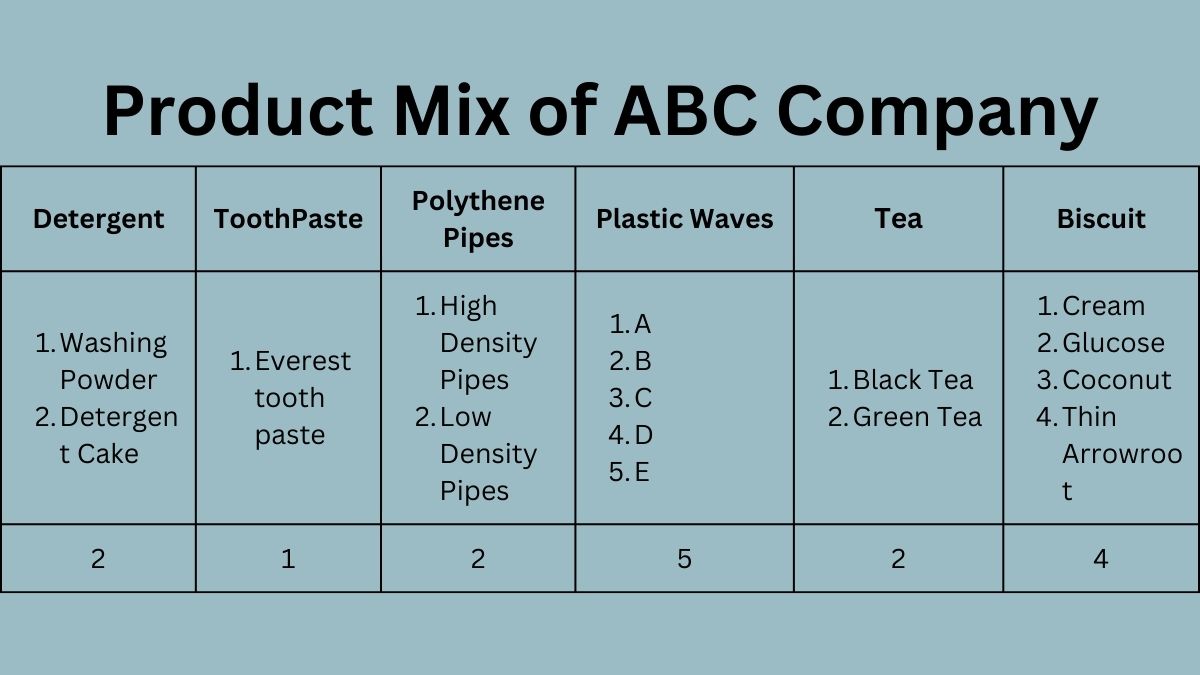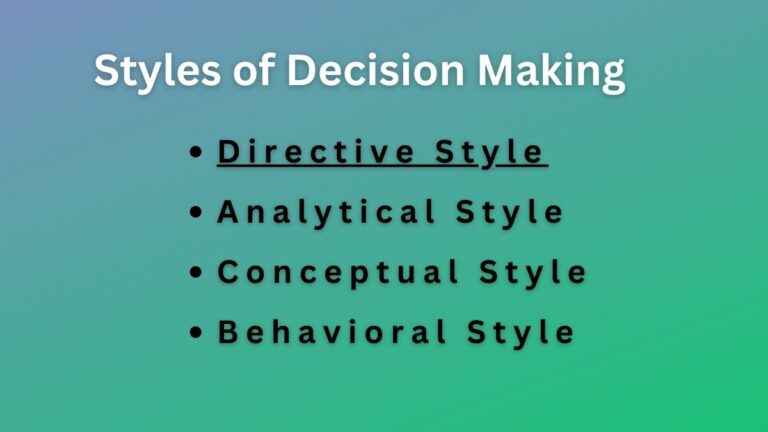What is Product Mix? Definition, Dimensions, Strategies, and Examples
What is Product Mix?
A product mix is the set of all product lines and items that a particular brand sells. It is also called product assortment or product portfolio.
The product mix is the entire collection of product lines and items offered by an organization. In simple words, it is all the products that can be interrelated as well as diverse offered by a company to its customers.
The product mix is the most important and first part of the marketing mix. It is a subset of the marketing mix. It varies from organization to organization.
Companies’ product portfolios play an important role in addressing the position of the product in the market. With that companies can easily identify which product is making well and which is not. This lets them introduce or improve the product for the consumers.
Product mixes act as a bigger plan for the companies. They set the overall objectives of the company and have an impact on the total performance of the organization.
Components of a Product Mix
Breadth, length, depth, and consistency are the four dimensions or components of a product mix. Let’s explain with a hypothetical example.

Width
Breadth is also called width. The width of the product mix refers to the number of product lines offered by a company. In our above example, the width of ABC company is six (Detergent, Tooth Paste, Plastic Waves, Polythene Pipes, Tea, and Biscuit).
Read Also: What is Core Product?
Length
The length refers to the total number of product items in the product mixes. In other words, it is the total number of items in the mix. In our example, the length of ABC company is 16 (2+1+2+5+2+4).
Depth
Depth mix refers to how many variants are offered for each product in the line. It includes the number of products within a product line.
The depth of the product mix varies in each product line. In our example, the depth is 2 in the case of detergent, 4 in the case of biscuits, 5 in the case of plastic waves, and so on.
Consistency
Consistency refers to the relationship between products in the mix. It refers to how closely related the various product lines are in end use, production requirements, distribution channels, or some other way.
Consistency between products determines the effectiveness of the firm. The more the products are related to each other in the mix, the more consistent the firm will be, and vice versa.
Read Also: What is Labeling?
Strategies for Product Mix
The dimensions explained above of the product mix provide the handles for defining the company’s product strategy. You can use one of the following strategies for deciding your company’s product mixes.
Expansion Strategy
Under this strategy, a company may add some new product lines to the existing product mix. This strategy is also known as the line extension strategy.
The main objective of adopting this strategy may be to appeal to more consumer groups and provide more selection facilities to them. Here are four alternative decisions regarding this expansion strategy.
- Add related products with the same brand name,
- Add unrelated products with the same brand,
- Add related products with a different brand name, and
- Add unrelated products with a different brand name.
Contraction Strategy
This strategy relates to removing some product line(s) from the existing product mix, which is not profitable, less profitable, or causes loss to the company.
However, a company does not add any new product line to compensate for the underperforming products in the mix.
A company may adopt this strategy when it becomes difficult to manage the variety of product lines within the company and the company wants to survive within the limited product lines.
Alternation of Existing Products
The third strategy under the product mix decisions may be to remove some of the existing product items from the different product lines, which are not profitable.
To compensate for the sales volume decreased due to the removal of the existing product lines, the company may decide to add some new but prospective product items which may generate adequate profits and goodwill for the company.
Read Also: Augmented Product in Marketing
Trading Up and Trading Down Strategy
The fourth strategy under the product mix decisions may be the trading up and trading down strategy. This strategy is concerned with changes in product positioning and an expansion of the product line under certain assumptions.
Trading Up Strategy – it means adding a higher priced product in the product line to attract the broader market which can generate better sales, better profit, and improves goodwill for the company.
Companies adopt this strategy when they think the prestige of high price products will help to improve the sale of the existing lower-price products.
Trading Down Strategy – It means adding lower price products to the company’s product lines with the hope that people who can not afford high price products will buy the new lower-priced products.
This strategy is adopted with the hope that customers will not shift to another company for their preferred products.
Sometimes the lower priced product also can maintain the status of the company because the company can use suitable brands, packages, and labels for these products.
Example of Product Mix
Every company in the market has a product mix. Let’s look at some examples.
Let’s take the example of Apple Inc. It has product brands or lines like iPhone, iPad, Mac, iPod, Apple Watch, and Apple TV. These constitute the width of the product mix of Apple Inc.
Apple Inc. handles a total of 51 different products. This is its length. Apple has different variants in its product line iPhone such as iPhone 9, 10, 11, 12, 13, 14, etc. This constitutes the depth of Apple’s product line iPhone.
Apple Inc. generally deals with electronic items as such the consistency of its offerings mix is higher.
Product Mix Vs. Product Line
Product line and product mixes are often understood the same. Let’s shortly differentiate between them.
A product line is a group of interrelated products marketed and sold by the same brand. Under this, the products are interrelated, often sold to the same market segments, through the same distribution channels, and have similar price ranges.
On the other hand, the product mix refers to the combination of all the product lines a company has in offering to its consumers. It constitutes all the products a company sells.
A product line comes within the product mix. Thus, the product mix is the superset of the product line and vice versa.
A company may have different product lines but it has only one product mix – as it constitutes all the related and diverse products of the company in the same portfolio.
Read Next: Product Mix Vs. Product Line
Sajan Kushmi is a content writer with more than 4 years of experience. He holds BIM Degree. He write on the topics related to Management, Marketing, and Entrepreneurship.






